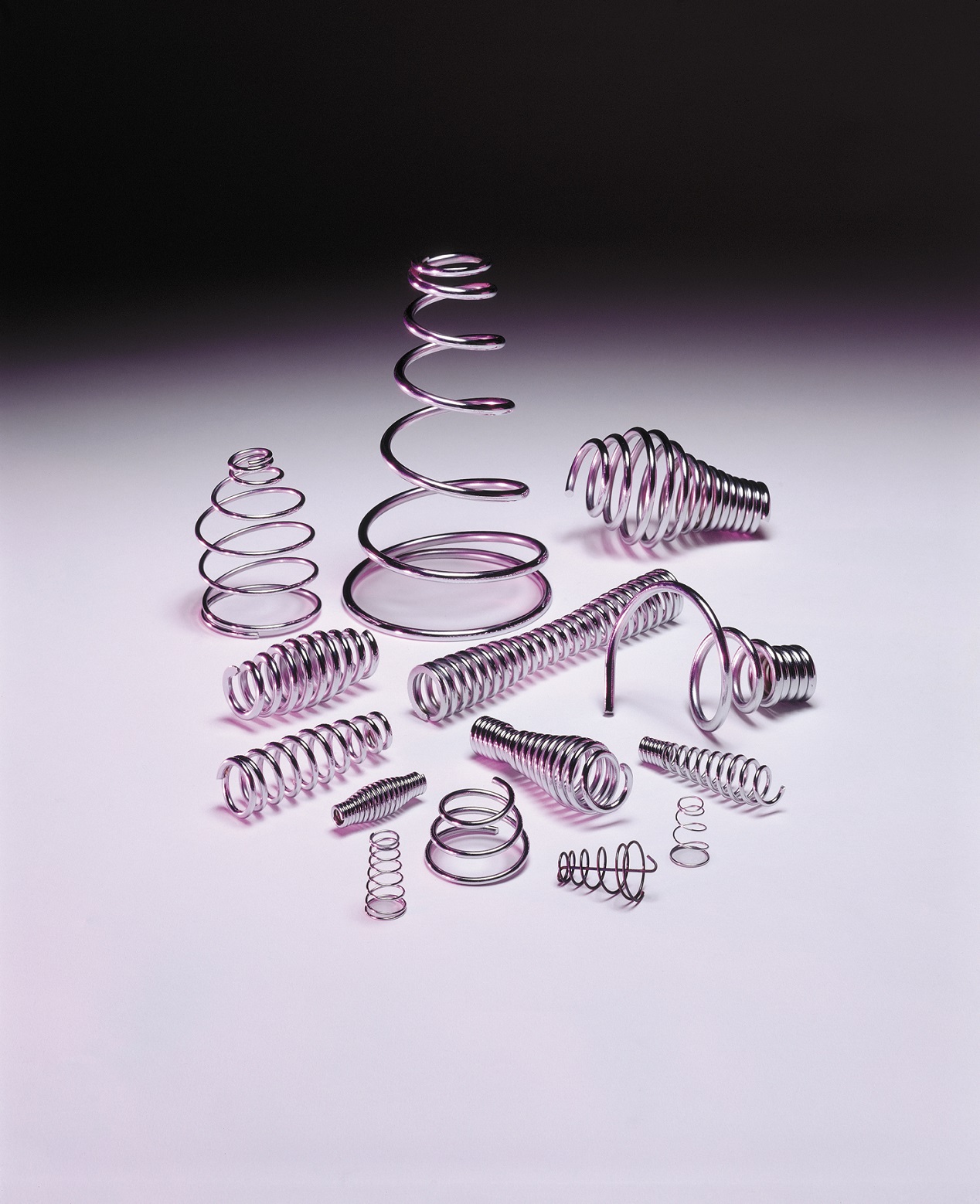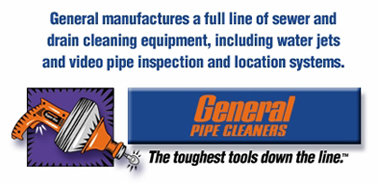Types of Compression Springs
Conical, hourglass and barrel-shaped are all types of compression springs are used in applications requiring a low solid height, increased lateral stability or resistance to surging. Conical springs can be designed so that each coil nests wholly or partly into an adjacent coil. Solid height can be as low as one wire diameter. Rate for conical springs usually increases with deflection because the number of active coils decreases progressively as the spring approaches solid. By varying the pitch, conical springs can be designed to have a uniform rate. Rate for conical springs is calculated by considering the spring as many springs in a series.

Compression Spring Types
There are many different types of springs, including compression springs. Conical, hourglass and barrel-shaped springs are often specified where the large end is meant to work in a bore and the small end is meant to work over a rod. These types of springs offer the advantage of a reduced solid height compared to straight compression springs.
Some uses for hourglass and barrel-shaped springs are as follows:
- Small Solid Height: Hourglass and barrel-shaped springs can be designed so that each active coil fits within the next coil, so the solid height can be equal to one or two thickness of wire. This is useful where the solid height is limited.
- Variable Rate: These springs offer a constant, or uniform pitch, and have an increasing force rate instead of a constant force rate (regular compression springs). The larger coils gradually begin to bottom as a force is applied. A variable pitch can be designed to give a uniform rate if necessary.
- Stability: Hourglass and barrel-shaped springs offer more lateral stability and less tendency to buckle than regular compression springs.
- Vibration: Resonance and vibration is reduced because conical springs have a uniform pitch and an increasing natural period of vibration (instead of a constant) as each coil bottoms.
Designing a variable diameter spring so that the adjacent coils rub against one another during deflection increases resistance to resonance phenomena but also may shorten the spring’s life due to wear. Click here to view all materials available for compression springs.
Barrel and hourglass springs are calculated as two conical springs in series.
Request a Quote for different types of Compression Springs >>








